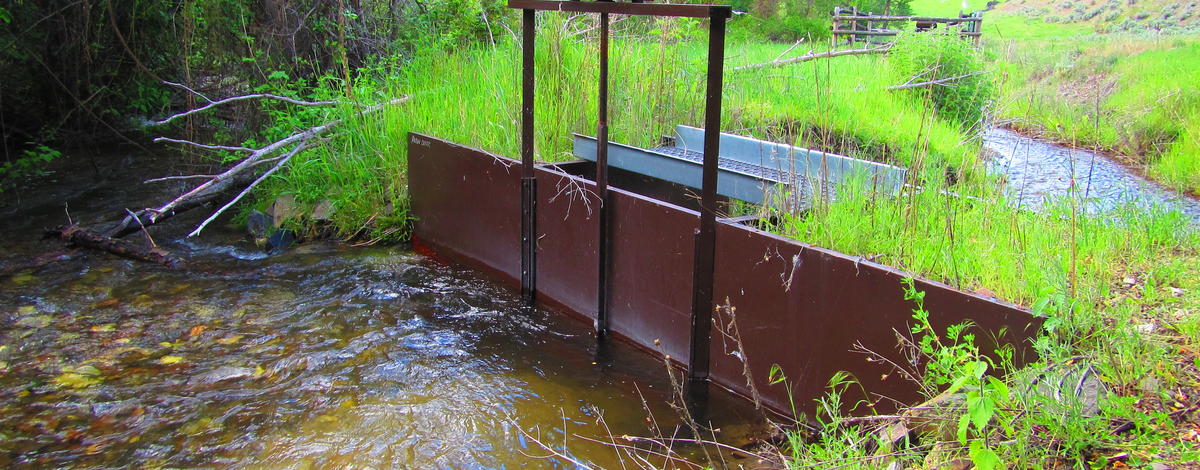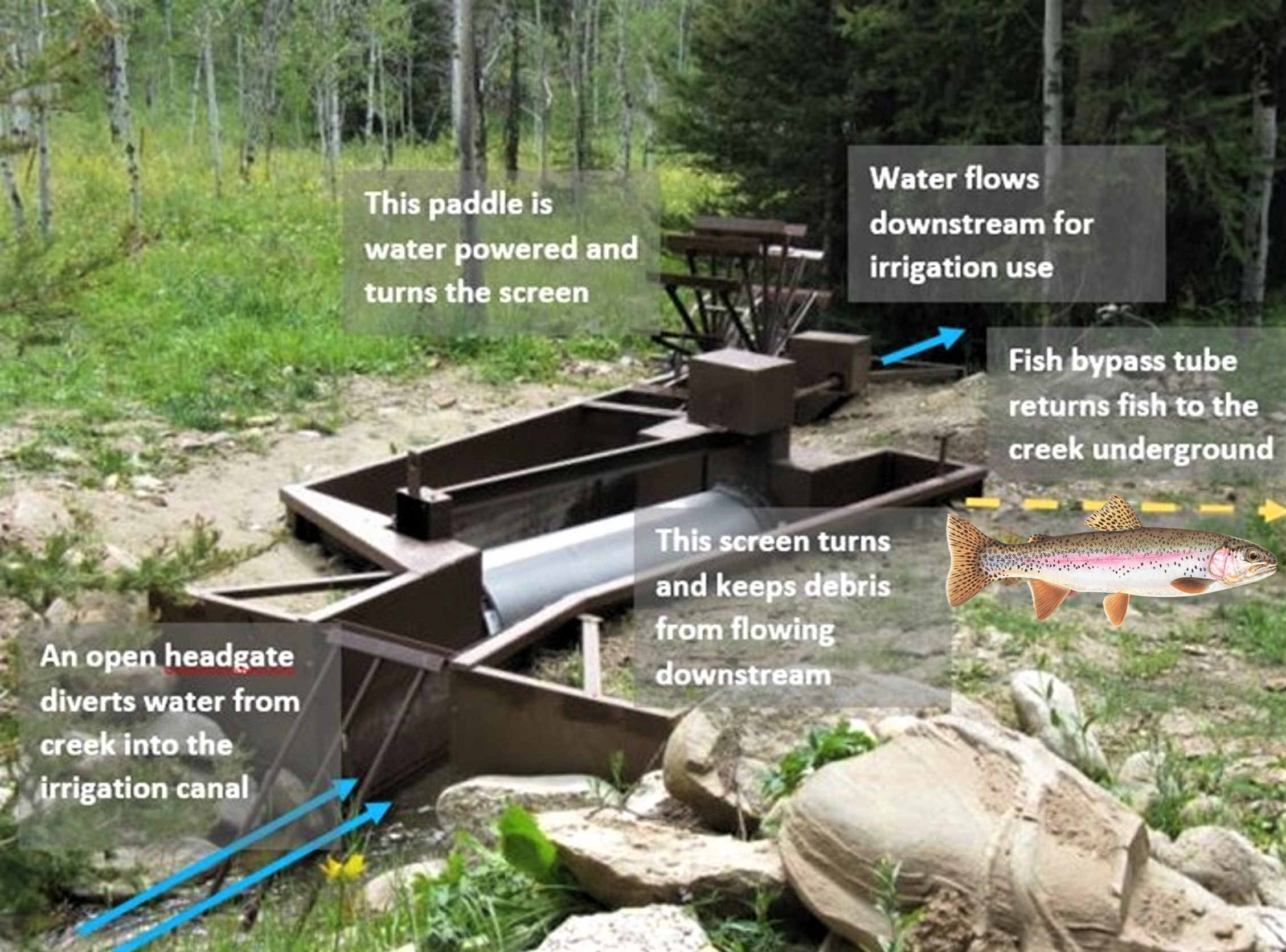To keep fish from getting stranded in irrigation ditches, irrigators who divert water from local rivers and streams are asked to contact Idaho Fish and Game’s Anadromous Fish Screen Program at 208-756-6022 at least one week prior to turning their water on.
This will allow Fish and Game to get any fish screen in the ditch prepared and operational before irrigation water is needed. Fish screens let water go through but not fish or debris. Any fish that enter the screen are directed to an underground bypass pipe and are safely returned to river or stream.


